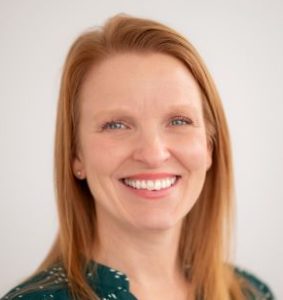
We’ve heard a lot of chatter about nursing home staffing mandates in the last few months.
In one corner, we’ve got consumers and union reps angry that local ratios for skilled nursing facilities haven’t been enacted or enforced yet. Forget that state officials have backed off the very laws they championed in acknowledgment of the fact that, in some places, there is simply no one to hire.
That’s a story line that the American Health Care Association has been pressing upon elected leaders valiantly for much of the last year-plus. Earlier this month, the association dropped a new analysis that showed the sector’s job growth actually slowed last year, adding that “a government mandate without the proper resources to recruit staff will only worsen the crisis.”
Then entering the ring last week, we had a bipartisan group of senators from mostly rural states call on the Centers for Medicare & Medicaid Services to press pause on its expected proposal to institute nationwide minimums. They want the agency to eschew a “one-size-fits-all staffing mandate” and instead pursue “tailored solutions that address the severe workforce challenges in our states’ underserved areas.”
The noise will only get louder as CMS’ self-imposed spring 2023 deadline nears. What will matter is what makes it to the rule makers’ ears, and what weight each new argument carries.
Agency officials have said throughout their process of drafting a potential first-of-its-kind rule that they wanted to hear from providers. To that end, a contractor visited dozens of facilities nationwide to gather observations and feedback.
LeadingAge President and CEO Katie Smith Sloan delivered a gift of sorts to the agency on Monday in the form of a six-point “common sense” plan for implementation of any staffing minimum.
“For the first time in decades, our federal government is committed to meaningful action to ensure America’s older adults and families can receive quality nursing home care — a goal that LeadingAge and its nonprofit, mission-driven nursing homes have long shared,” Sloan wrote.
“But at a time when providers are operating under severe workforce shortages and inadequate reimbursement,” she added, “staffing mandates will undoubtedly force closures and limit older adults and families’ access to care and services.”
The LeadingAge framework asks legislators and other authorities to address longstanding labor and funding issues (some of which CMS can’t address on its own) before ratios are implemented. The six key elements are:
- Medicaid fee-for-service nursing home rates that cover at least 95% of the cost of care.
- State Medicaid Managed Long-Term Services and Supports systems with benchmark rates equal to at least 95% of care costs.
- A certification by Labor and Health and Human Services secretaries that there is no shortage of potential employees qualified to work in long-term care settings.
- Flexible standards that will meet the current needs of residents.
- The absence of a public health emergency.
- Waivers for localities with emergency conditions.
Together, these points offer more than just another complaint about the terrible hand that nursing homes have been dealt during the pandemic. Each represents an achievable change that could make a staffing mandate do-able for providers and ensure that nursing homes can afford to remain open while trying to meet them.
Amid all the mandate noise out there, CMS is likely now playing the role of mother to bickering teenage children and trying to ignore as much noise as possible while readying the big unveiling. The agency is no doubt considering some tools similar to Sloan’s suggestions after months of study.
But the overall tone of the LeadingAge proposal importantly reinforces that most providers are willing to partner with CMS on this effort.
The key message here cuts through the doldrums: To implement a wise and effective mandate, CMS must work with Congress and providers to get both the timing and the funding right.
Kimberly Marselas is senior editor of McKnight’s Long-Term Care News.
Opinions expressed in McKnight’s Long-Term Care News columns are not necessarily those of McKnight’s.




